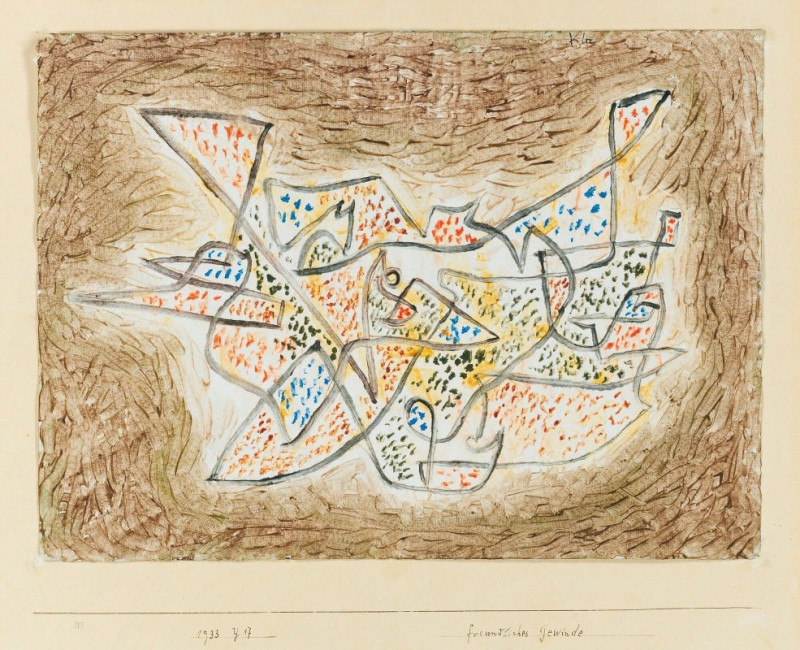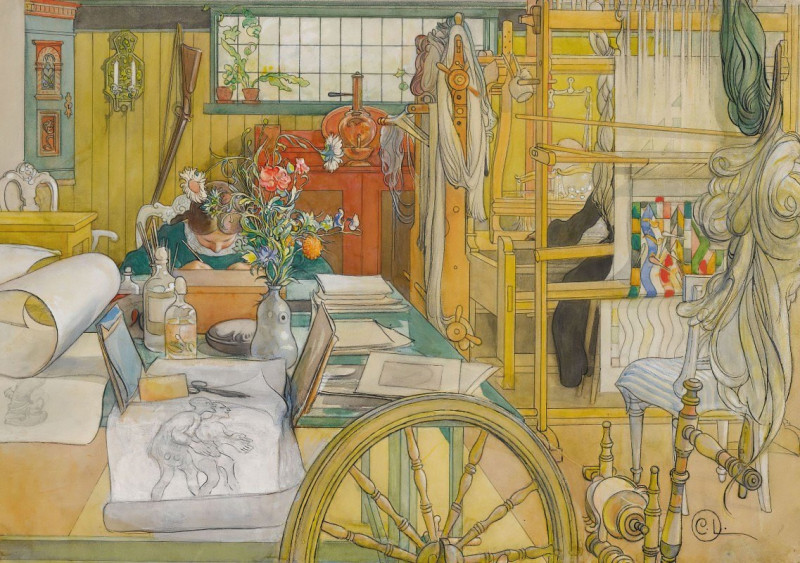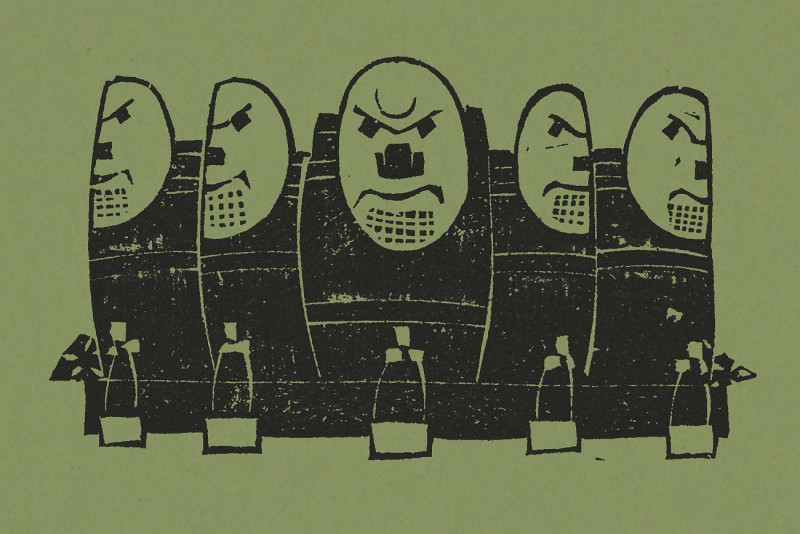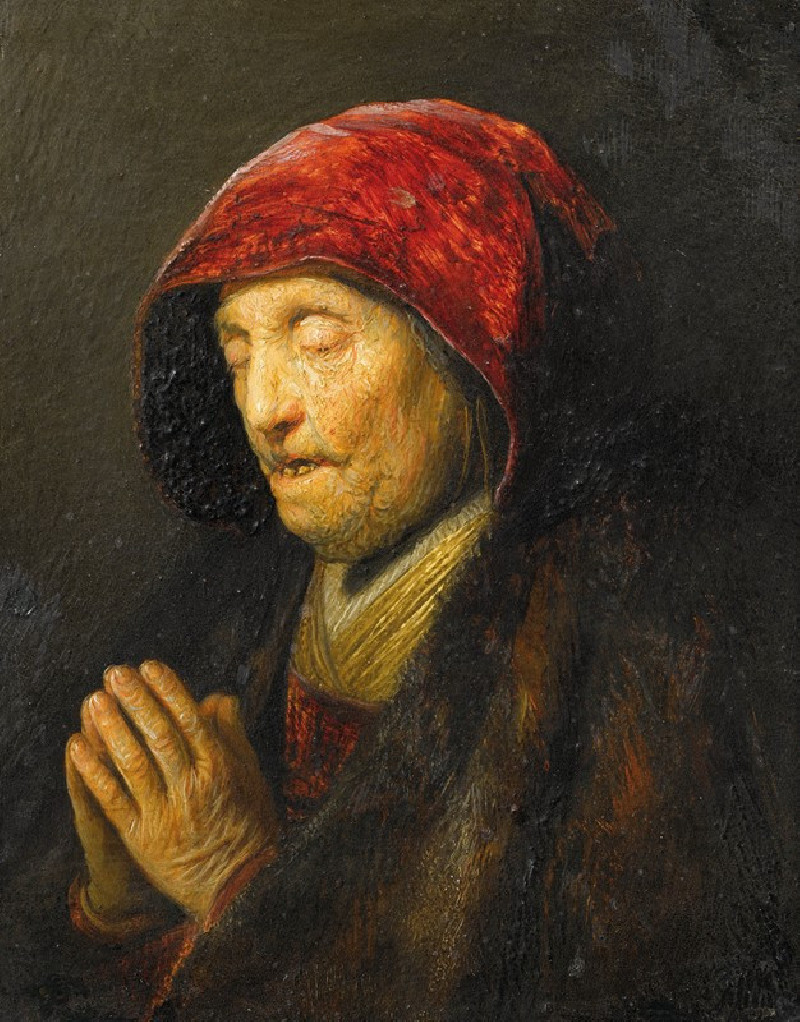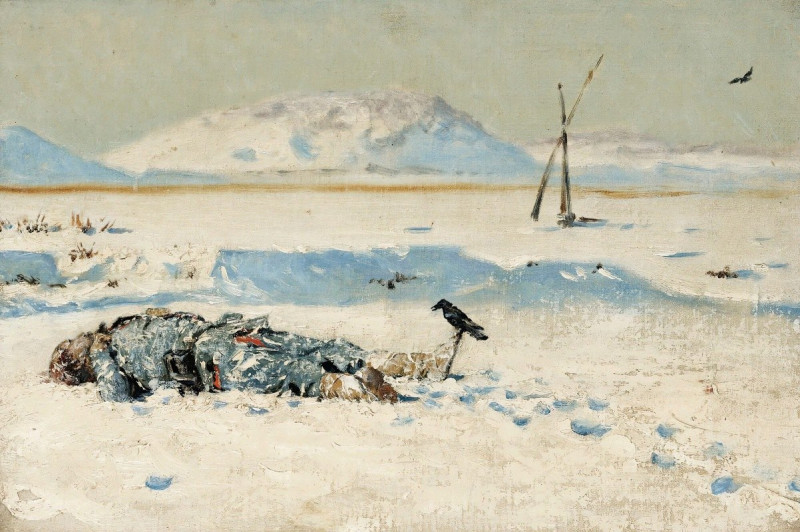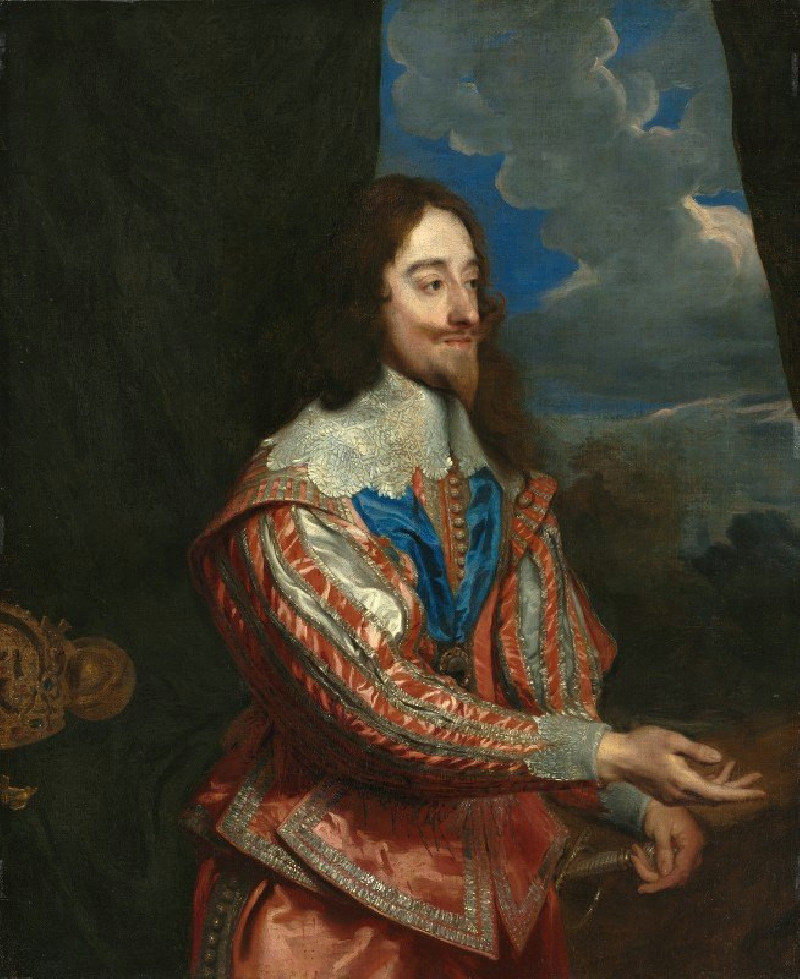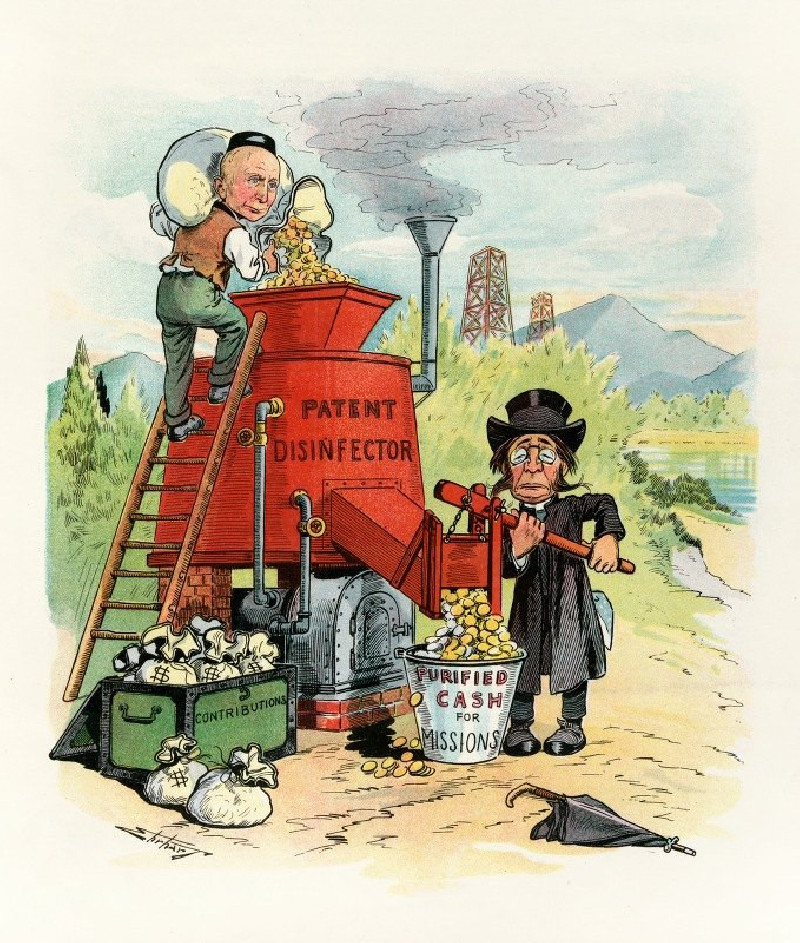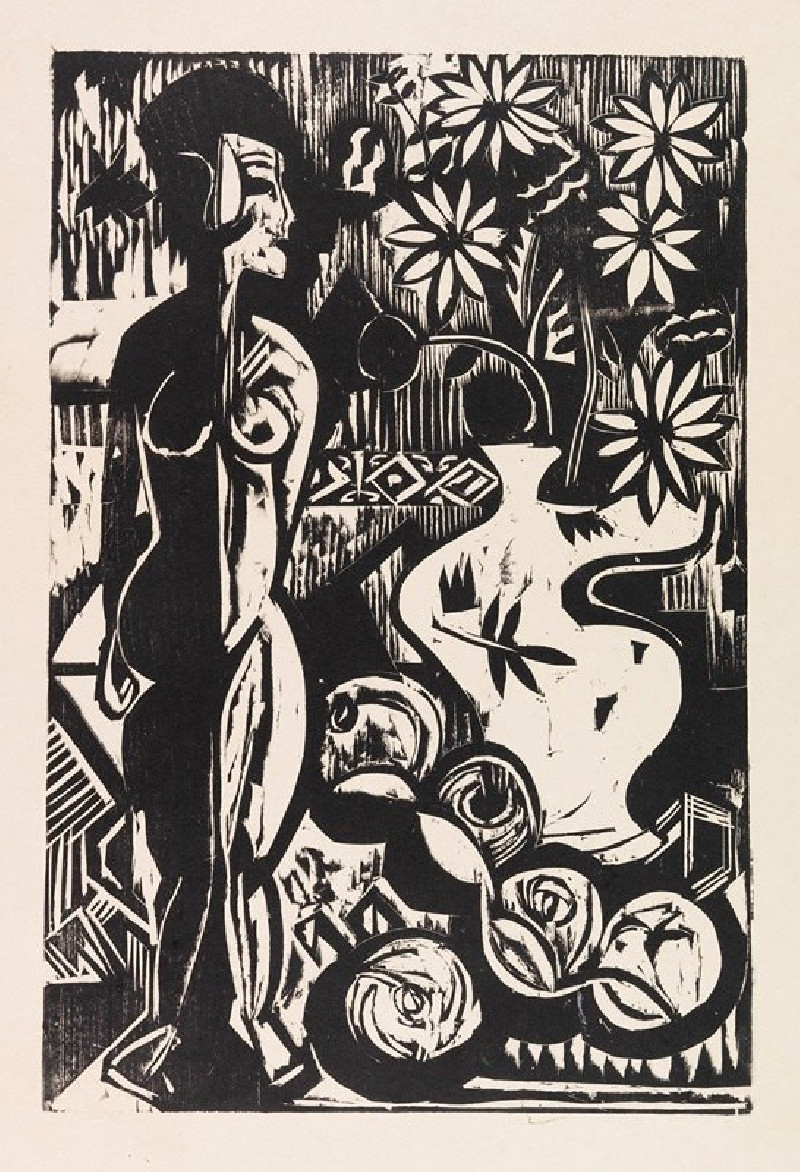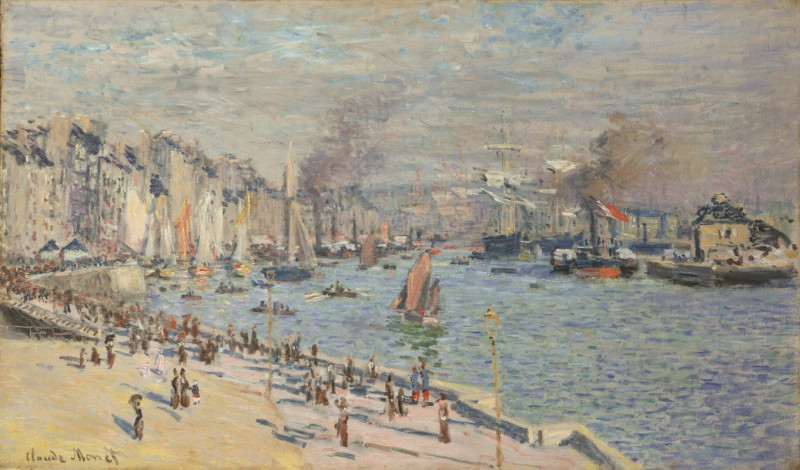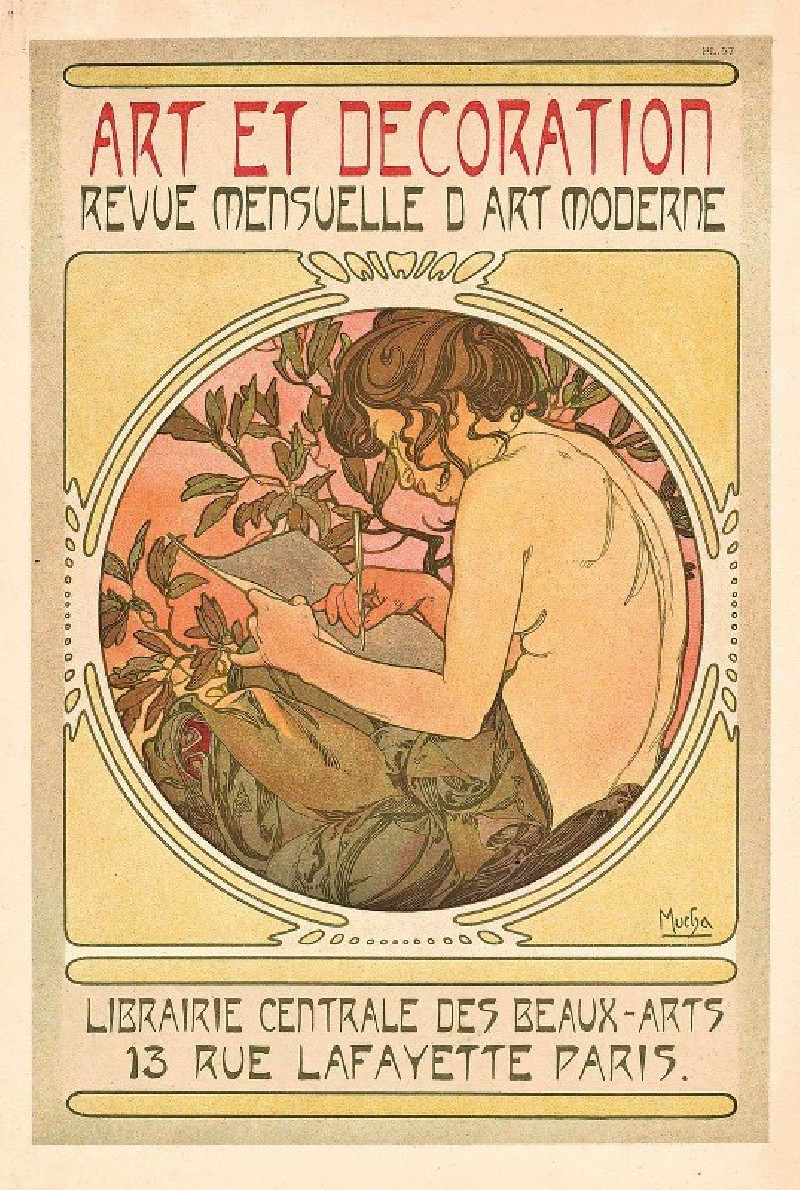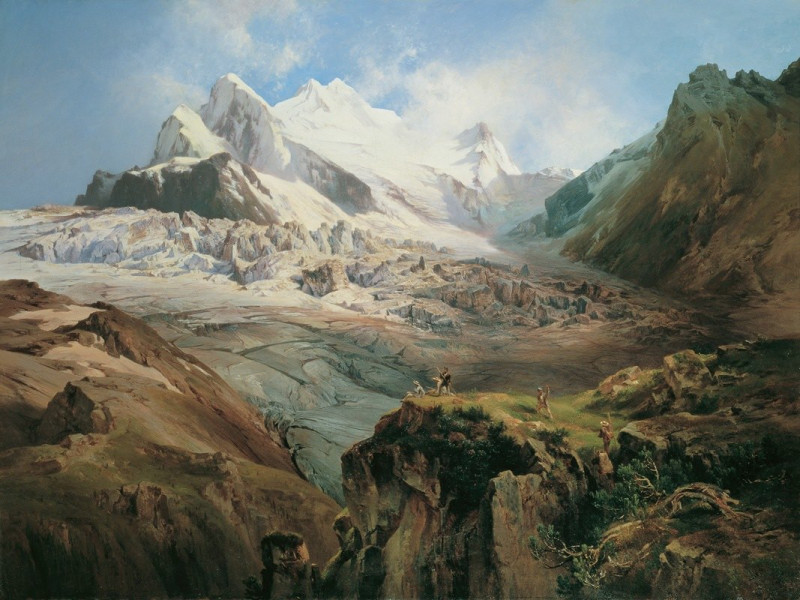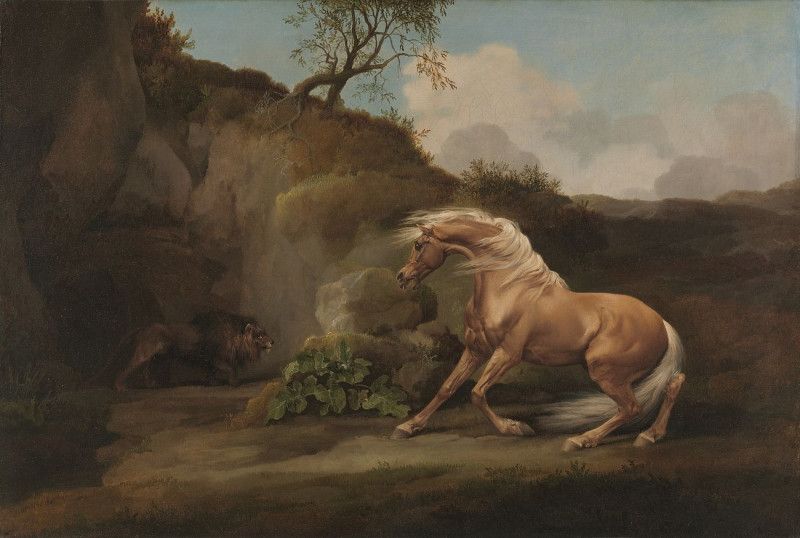Freundliches Gewinde (Friendly Meandering) (1933)
Technique: Giclée quality print
Recommended by our customers
More about this artwork
"Freundliches Gewinde" (Friendly Meandering) by Paul Klee, dated 1933, presents a vibrant exploration of abstract composition, melding geometric and organic elements in a harmonious dance of form and color. This masterpiece showcases Klee’s distinctive use of color patches and line, which intertwine amid a textured backdrop that suggests a natural, earthy setting. The painting evokes a sense of playful meandering paths or threads that connect various abstract shapes, punctuated by small, detailed patterns and symbols that might be seen as miniature landscapes or maps.Klee’s art often ventures into a whimsical, almost childlike imagination, and "Freundliches Gewinde" is no exception. The title itself, translating to "Friendly Meandering," hints at a lighthearted, wandering journey through Klee’s inner visual narrative, where each turn and twist offers new visual discoveries. The use of soft, yet vivid colors contributes to a sense of gentleness and approachability, inviting viewers to lose themselves in the intricate details and overarching peacefulness of the composition.This work, reflective of Klee’s deeply introspective and innovative artistic philosophy, captures the essence of his belief in the simplicity and complexity of artistic expression held within the boundaries of abstract art.
Delivery
Returns
Paul Klee was a Swiss-born German artist. His highly individual style was influenced by movements in art that included expressionism, cubism, and surrealism. Klee was a natural draftsman who experimented with and eventually deeply explored color theory, writing about it extensively; his lectures Writings on Form and Design Theory (Schriften zur Form und Gestaltungslehre), published in English as the Paul Klee Notebooks, are held to be as important for modern art as Leonardo da Vinci's A Treatise on Painting for the Renaissance.

